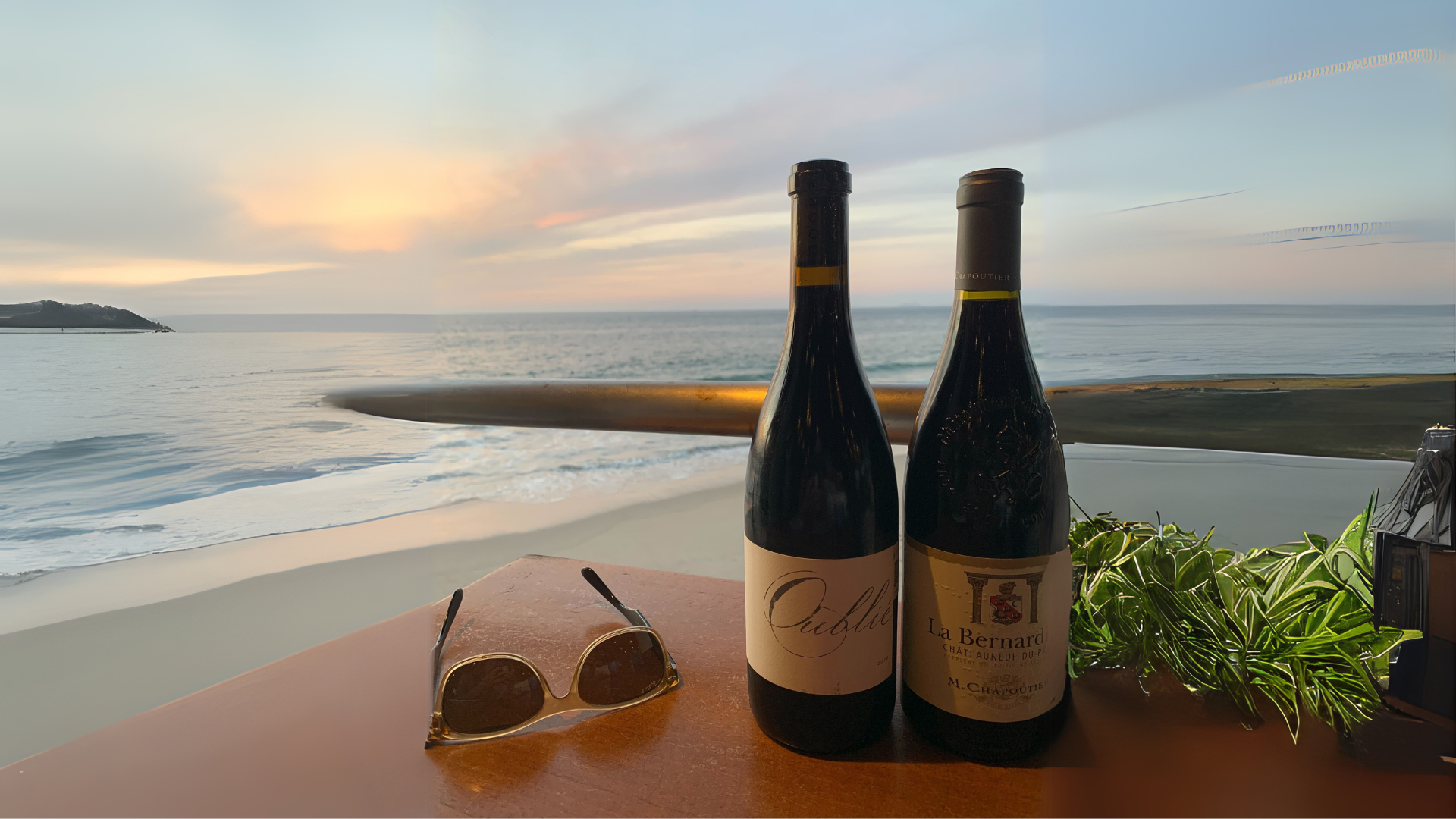From House Wine to $350 Bottles: Why Exporters Can’t Afford to Ignore Mexico’s Wine Market

I recently visited Puerto Vallarta (PV, as the locals call it) on an all-inclusive vacation. I’ve been lucky enough to visit this vibrant city a few times over the years, but this trip stood out for a very unexpected reason: wine.
My partner and I were celebrating his birthday, and if you’ve ever stayed at an all-inclusive resort, you know the drill when it comes to wine. The house wine is usually barely drinkable—plug your nose, add some ice, and hope for the best. So, as we’ve done on previous trips, we asked to see the wine list. Most resorts offer a “premium” selection, which isn’t exactly stellar but at least includes dependable options like Chianti or Rioja. These wines come at an extra cost, and while the prices aren’t exactly competitive, they’re usually not outrageous. We’d order a bottle, wait 15 minutes for the waiter to “locate” it somewhere deep in the resort’s labyrinth, and eventually enjoy a palatable (albeit overpriced) glass with dinner.
This routine always reinforces the same conclusion: these resorts don’t prioritize wine culture. Either the clientele doesn’t appreciate wine or they’re unwilling to pay for better quality. But this trip? It was different.
A Surprising Shift
As usual, we asked for the wine list, bracing ourselves for the familiar experience. But the first thing that caught my eye was the price jump. Two years ago, at this same resort, we could find a bottle of Chianti or Rioja for under 1,000 MXP (about $70 CAD). This year, bottles started at 1,200 MXP and most hovered around 2,500 MXP ($170 CAD) for a California Cabernet. A basic 2020 Barolo was listed at 5,200 MXP ($364 CAD). Gulp.
We “splurged” on a Côtes du Rhône for 1,100 MXP and prepared for the usual wait. Instead, a well-dressed man in a leather apron approached our table. His title? “Hyatt Ziva Sommelier.” He regaled us with stories of Châteauneuf-du-Pape, highlighting its historical significance and unique terroir. I turned to my partner and whispered, “Wait, what? An all-inclusive resort in Puerto Vallarta has a sommelier?”
Wine Culture Beyond the Resort
The sommelier invited us to tour his wine cellar. He shared his favorite bottles, passionately describing their origins and revealing that he was studying for the Court of Master Sommeliers. We were impressed.
At another dinner, we met Edguardo, a server at the resort who was also working on his WSET certification. He enthusiastically pitched us that pricey Barolo, using every sales trick in the book. What was happening? Suddenly, in my small Puerto Vallarta bubble, I was surrounded by passionate wine professionals.
The surprises didn’t stop there. The next night, we ventured into town to a Spanish tapas restaurant—and guess what? They had a Sommelier too. It seemed that wherever we went, we were meeting people passionate about wine.

A New Kind of Wine Experience
Edguardo mentioned that we could bring our own wine to the resort, directing us to a high-end wine store called Vino Americas. This place was a revelation: temperature-controlled, immaculately clean, and stocked with top-tier wines. We picked up a Châteauneuf-du-Pape and a Paso Robles Syrah (Booker) to share back at the resort.
When we opened the bottles at dinner, the restaurant buzzed with excitement. The sommelier, Edguardo, the manager, and even other guests gathered around our table. Two different groups asked how they could book a “wine tasting” like ours. It was an incredible experience—sharing stories, teaching, and enjoying these wines together as a community.
Lessons Learned
This trip taught me something important: wine isn’t dead; it’s evolving.
People still crave experiences and connections. They want to learn, share, and feel like they’re part of something special. FOMO is alive and well. There’s also a huge opportunity for wine exporters in upscale resorts in Mexico. Another big learning was Mexico’s middle class is growing, and with it, a new wave of interest in wine and wine culture. More importantly, locals are diving into the wine world—not just as consumers but as professionals. They’re studying certifications, working as sommeliers, and understanding how wine can increase revenue and tips. This shift is creating a vibrant, passionate community that’s driving wine culture forward.
Puerto Vallarta showed me that wine culture is alive and thriving in unexpected places. Just like wine, the people of this country are evolving—embracing the value of wine not only for its enjoyment but also as a path to greater knowledge, revenue, and connection.
